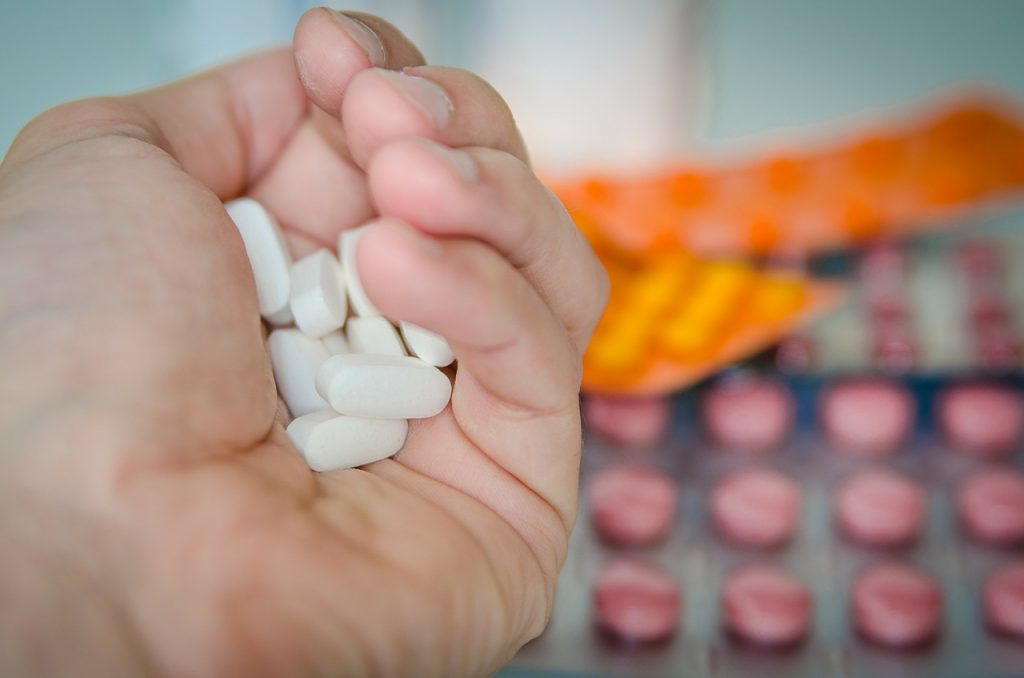Since 2008, rough economy situation pushed consumers to buy more generic medications than brand-name alternatives because of their lower price. And often consumers hear, that there is no any difference between those two versions and generic are doing their job great. About seven in ten prescriptions filled in the United States are generics. According to the report of IMS institute for Healthcare Informatics, in 2010 generic medication spending rose for 21.7% (unbranded generics); meanwhile, brand name medication spending was 0.7% lower. Still, patients should consider not only the cost of medication, so it is not only about cost saving. But it is hard not to buy a generic version of medication if the price is significantly lower.
A great example of cost savings in Michigan is the cost of Prozac for Blue Cross Blue Shield (BCBS) beneficiaries: brand name medication costs about $137, while its generic version fluoxetine costs only $3. Another medication, Flomax, will cost around $135 per month and generic medication tamsulosin will cost them only. As for now, it is hard to tell, why should someone refuse to buy cheap generic medications instead of their expensive brand-name alternatives. Plus, the Food and Drug Administration is watching after generics and compound pharmacies to make generics the same quality and performance as their brand-name versions. FDA even states that generics are as effective as brand names.
However, FDA has no right to push health care professionals to prescribe only generics and they left the decision to patients and their health care providers because each patient is individual and not all the medication could work for the same patient. Sandy Walsh, FDA spokesperson told that the choice of medication is the thing only doctor and patient should discuss and also added that FDA does not regulate medical or pharmacy practice. Walsh explained generic versions were cheaper because manufacturers didn’t spend a lot of costs on medical trials, research, advertising, marketing research and medication development. Products of pharmaceutical companies which were approved by FDA can be used by patients without any doubt because those medications met rigorous standards.
It is not only about the price
Board member of the American Academy of Family Physicians, Dr. George Shannon, has another opinion. He also states that there is another difference between generic medications and brand-name drugs, not only their price. The difference is bioavailability (the amount of active drug in the bloodstream): generics bioavailability may vary between 75% and 125% (FDA standard) and brand name drugs bioavailability is constant (100%). For some medications, this difference is not that important, but for hormone medications, medications for heart and blood pressure (Dr. Shannon states that brand-name drugs are preferable in those three cases) bioavailability is key, so there is another reason to choose brand name medication instead of a cheaper alternative. The rate of bioavailability may change an effect of medication on the patient. Also, Shannon added that generics have variety of colors, sizes, and shapes, which could be really confusing for patients
You can find more information about mistakes related to sound-alike and looking-alike drugs in the article here.

